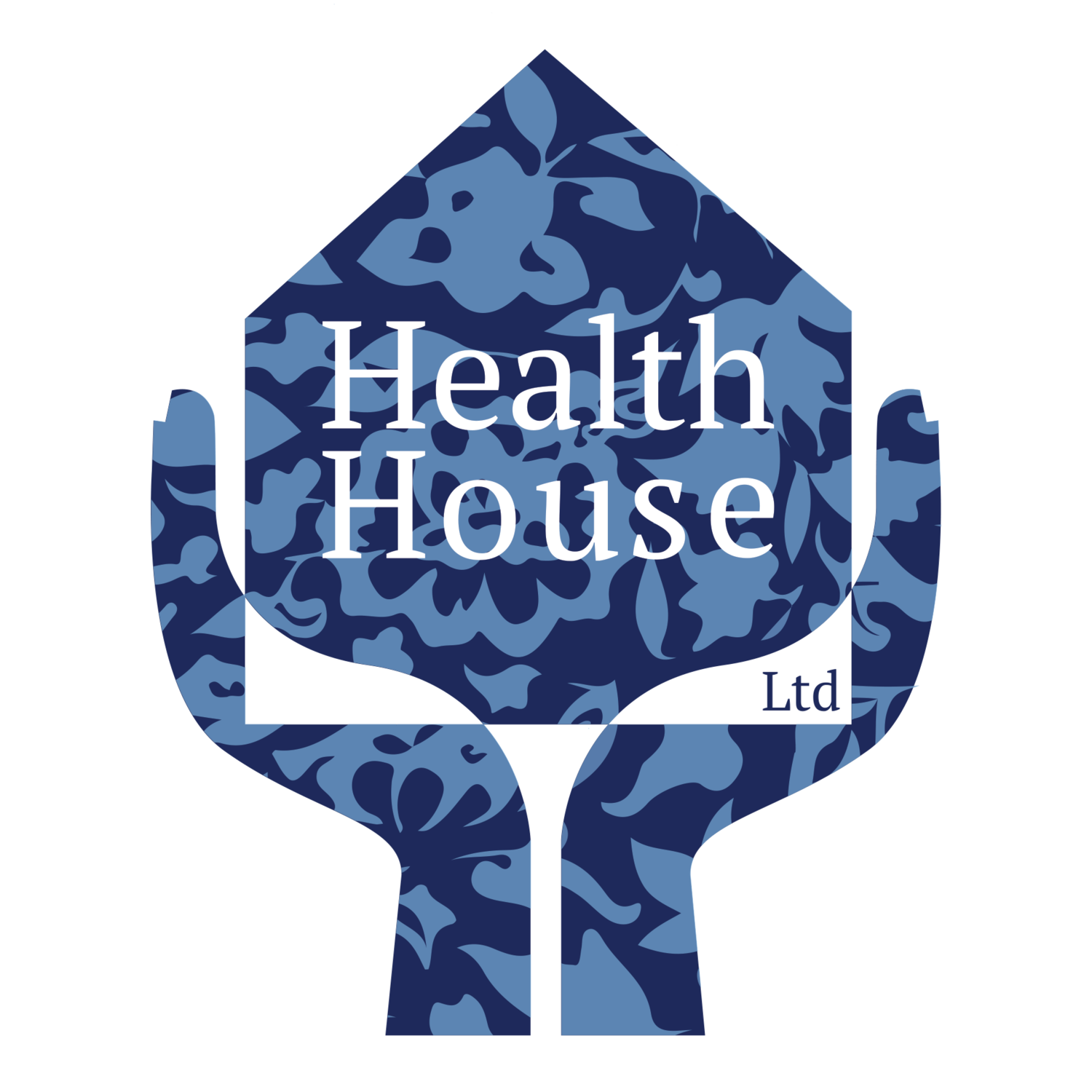Treating baby Erin in 2017.
Osteopaths will sometimes work with local health visitors and midwives and are trained to screen for medical conditions and will tell you or your child if you need to see another health professional such as your doctor or midwife.
Osteopaths treat all ages of children and babies (including newborns) and always discuss our diagnosis and treatment plans with the parent or legal guardian for an all round understanding of what we do.
Treatment is based on Cranial Osteopathy which uses a very gentle and subtle approach that can be used to assess and treat children and adults alike. However Cranial Osteopathy pays particular attention to the baby’s head. The bones of the baby’s skull are soft and flexible which can adapt and cope with the demanding process of a normal birth, but at the same time protect a baby’s brain.
The softness of a baby’s head leaves his or her head more vulnerable to strain and distortion when there is lack of space in the womb and or traumatic labour. ‘Stresses and strains from the labour or pregnancy can lead to unsettled behaviour and difficulties with feeding, winding, bowel movements and sleeping. Relieving any physical strains with gentle osteopathic treatment can be very helpful and relaxing. The care of the entire family unit is of the utmost concern for an osteopath.’ OCC (2016).
The aim of a cranial osteopath is to help restore and support a baby’s physical function to its optimum.This could help soothe and relax your baby.
Osteopathic techniques are suitable for babies and children at all stages of development.
Rosie returns from maternity leave in April 2024 her booking diary is now open.
If you require treatment before this time please contact our colleague Isabella Yianni based in Wellington Somerset or Daniel Hayward at Magdelen Health Exeter.
Paediatric technique (GOsC)
Our osteopaths will assess your child to see what might help, including taking a case history.
Osteopaths work under the principle that there are many contributing factors to the symptoms, but also associated areas that may be contributing to the issue, including past trauma (i.e. difficult births), environmental factors and the family’s health history.
Rosie and her son Lowe 2024.




